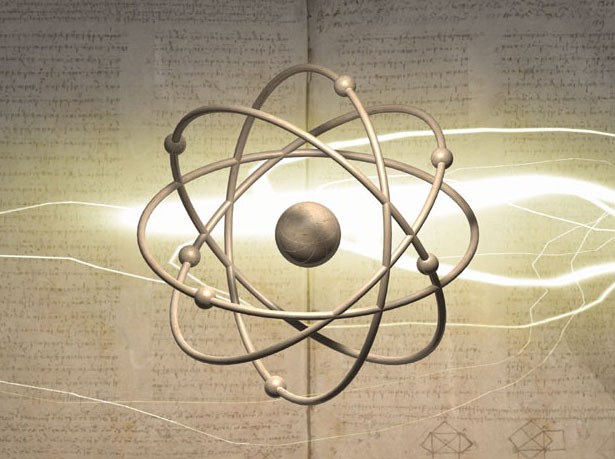You will need
- The periodic system of chemical elements D. I. Mendeleev.
Instruction
1
Thanks to the ability to correctly calculate the number of protons, neutrons or electrons, it is possible to determine the valence of a chemical element, and also create an e-formula. This will require only periodic system of chemical elements D. I. Mendeleev, which is mandatory reference material.
2
Table of D. I. Mendeleev divided into groups (vertically), of which there are eight, and the periods horizontally. Each chemical element has its own number and relative atomic mass listed in each cell in the periodic table. The number of protons (p) and electron (ē) is numerically equal to the ordinal position of the item. To determine the number of neutrons (n) of relative atomic masses (Ar) subtract the number of chemical element.
3
Example No. 1. Calculate the number of protons, electrons and neutrons of an atom of the chemical element number 7.Chemical element number 7 is nitrogen (N). First, determine the number of protons (p). If the sequence number is 7, so there will be 7 protons. Given that this number coincides with the number of negatively charged particles, electrons (ē) will also be 7. To determine the number of neutrons (n) from relative atomic masses (Ar (N) = 14) subtract the sequence number of nitrogen (number 7). Therefore, 14 – 7 = 7. In General, all the information is as follows:R = a +7;ē = -7;n = 14-7 = 7.
4
Example No. 2. Calculate the number of protons, electrons and neutrons of an atom of the chemical element number 20.Chemical element number 20 is calcium (CA). First, determine the number of protons (p). If the sequence number is 20, therefore, will have 20 protons. Knowing that this number coincides with the number of negatively charged particles, then the electron (ē) will also be 20. To determine the number of neutrons (n) from relative atomic masses (Ar (CA) = 40) subtract the sequence number of calcium (No. 20). Therefore, 40 – 20 = 20. In General, all the information is as follows:R = +20;ē = -20;n = 40-20 = 20.
5
Example No. 3. Calculate the number of protons, electrons and neutrons of an atom of a chemical element # 33.Chemical element number 33 is arsenic (As). First, determine the number of protons (p). If the sequence number is 33, so there will be 33 of the proton. Given that this number coincides with the number of negatively charged particles, electrons (ē) will also be 33. To determine the number of neutrons (n) from relative atomic masses (Ar (As) = 75) subtract the sequence number n (No. 33). Consequently, the 75 – 33 = 42. In General, all the information is as follows:p = +33;ē = -33;n = 75 -33 = 42.
Note
The relative atomic mass listed in table D. I. Mendeleev, must be rounded to the nearest whole number.
